Since I often hike in deserts, over the years I have gotten quite a few inquiries about the best backpack to ventilate the hiker’s back.

I’m probably not the best person to ask this question, given that I’ve lived and worked in one of the hottest deserts in the U.S. for over 40 years.

When it’s hot we, desert dwellers, just drink a lot of water so we stay hydrated. Perspiration is just a part of desert living and we learn to ignore it.

Critical Success Factor for Any Backpack
Fit. Fit. Fit.
Ventilation is very low on my list. How well a pack fits, how well it transfers the weight to the hips, and how well it distributes and balances the load are the primary considerations. Having used suspended mesh packs and non-suspended packs, I can say for my own use that the ventilation of suspended mesh is minimal is my experience.
Given that, suspended mesh backpacks are very popular today. Osprey, Deuter, and Gregory are the most prevalent brands. If you want one of these packs, especially if you aren’t carrying heavy loads, they are fine – you just need to understand any limitations and try to mitigate them.
On most of my trips I use non-ventilated packs, either a McHale LBP 36 or a McHale Bump. Occasionally I still use one of my old Kelty external frame packs, which are ventilated.
But let’s look at some of the history of ventilated backpacks. By ventilated, we mean that the pack body is not resting against the backpacker’s back.
Suspended Mesh, Ventilated, or Trampoline Backpacks
Supposedly, Deuter “invented” the suspended mesh backpack in 1984. Perhaps they came out with the first suspended mesh internal frame pack. But the concept has been around decades before these Deuter packs.
Kelty External Frame Packs
I don’t know that Kelty was the first with a ventilated pack, but these packs pretty much “owned” the backpack market from the 1950s through the 1970s.

This is a 1960’s Kelty pack. The only part that rests against the hiker’s back is the upper band, which sits at the shoulder blade area and the lower band that rests against the lumbar region. Note that these bands were made from nylon material, not mesh.
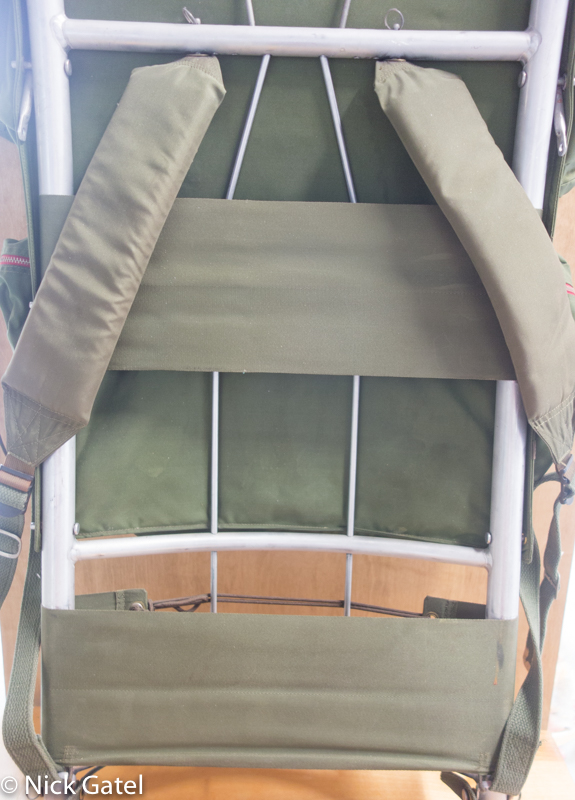
In the ‘70s, Kelty started using a nylon mesh for the upper band. It should be mentioned that with these Kelty packs, most of the user’s back was not making contact with any part of the pack.
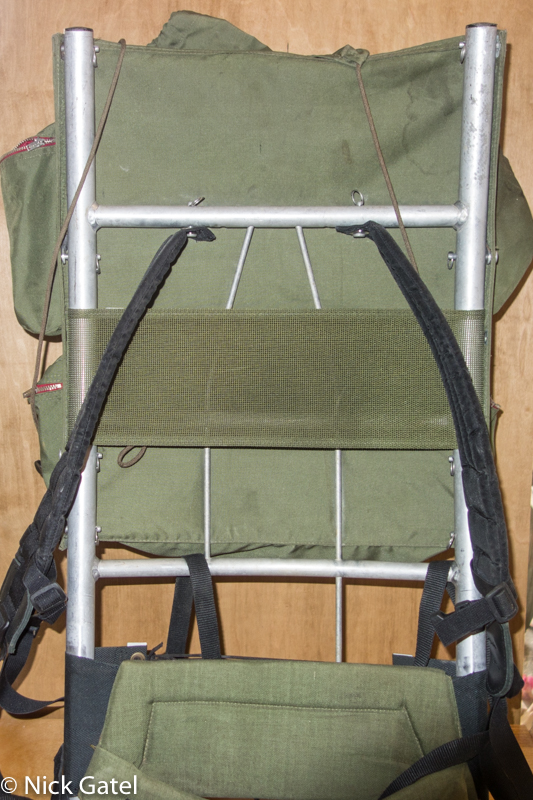
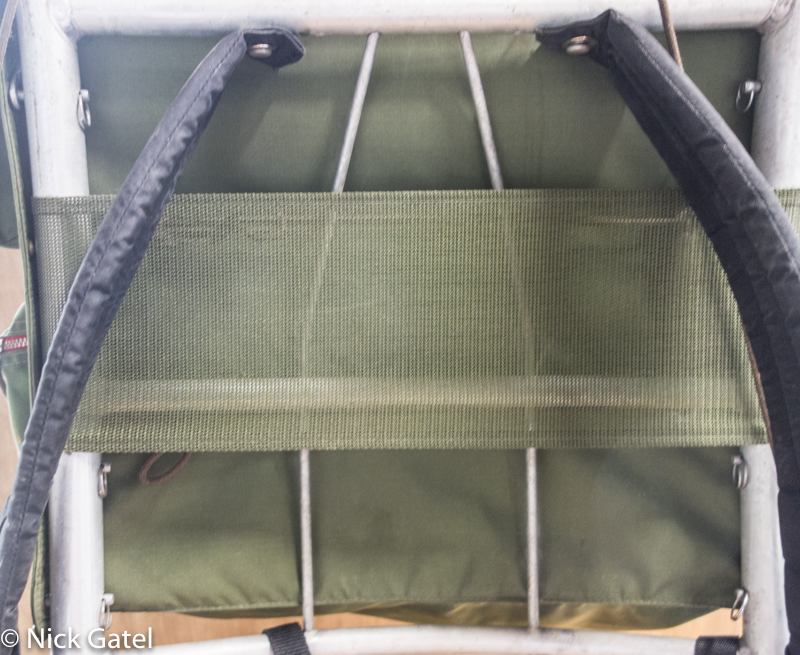
Deuter Futura

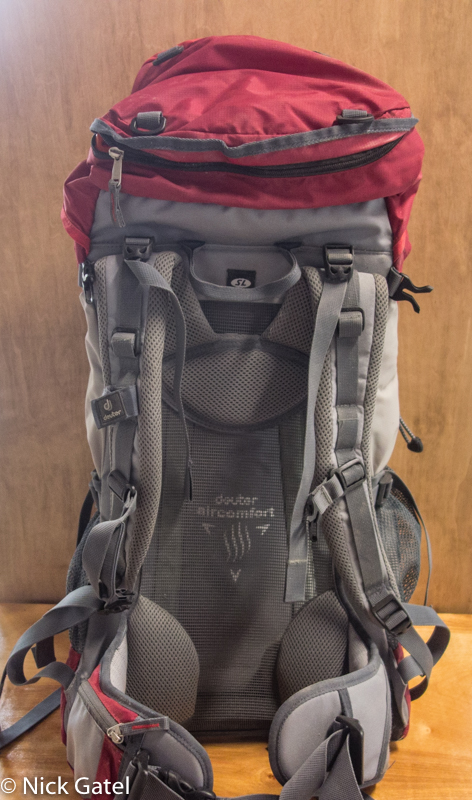
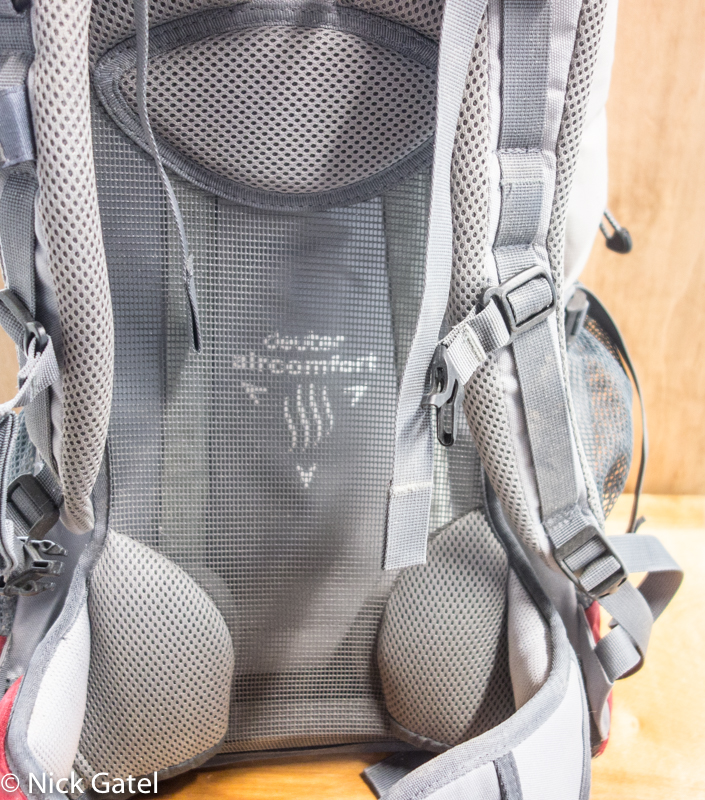
REI Venturi Pack
Similar to the Futura and most suspended mesh internal frame packs.
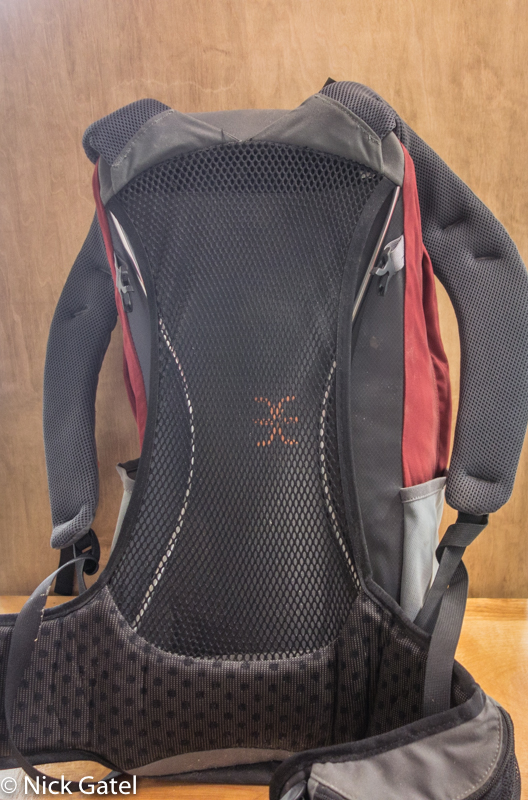
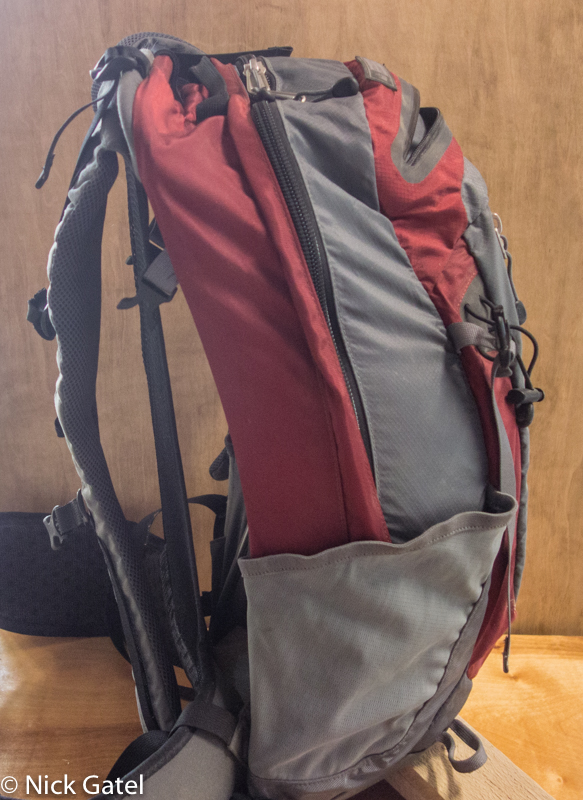
Non-Suspended Mesh Packs
Below is a Gossamer Gear Mariposa “ultralight” pack. It has an internal frame, but the pack is in contact with the user’s back. Many backpackers complain that packs like this are “too hot.”
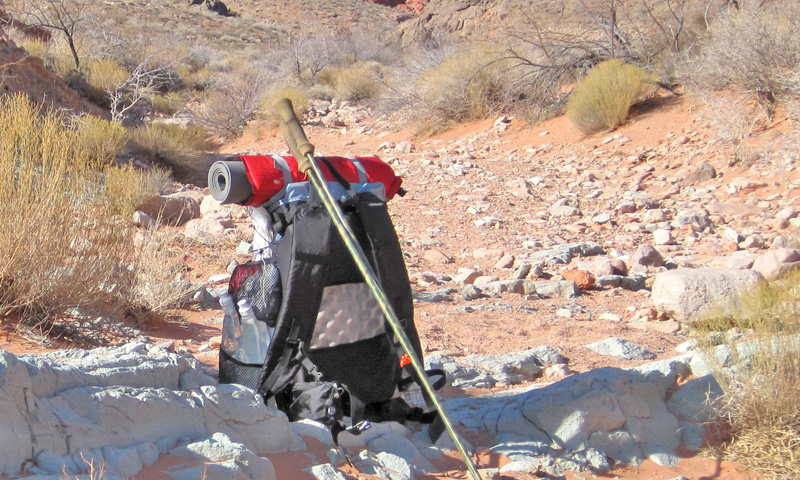
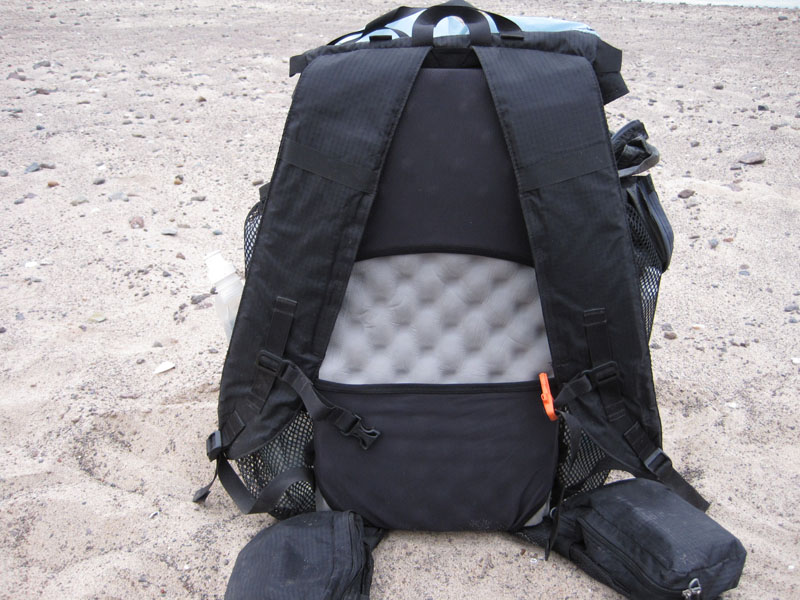
My McHale Internal Frame Packs

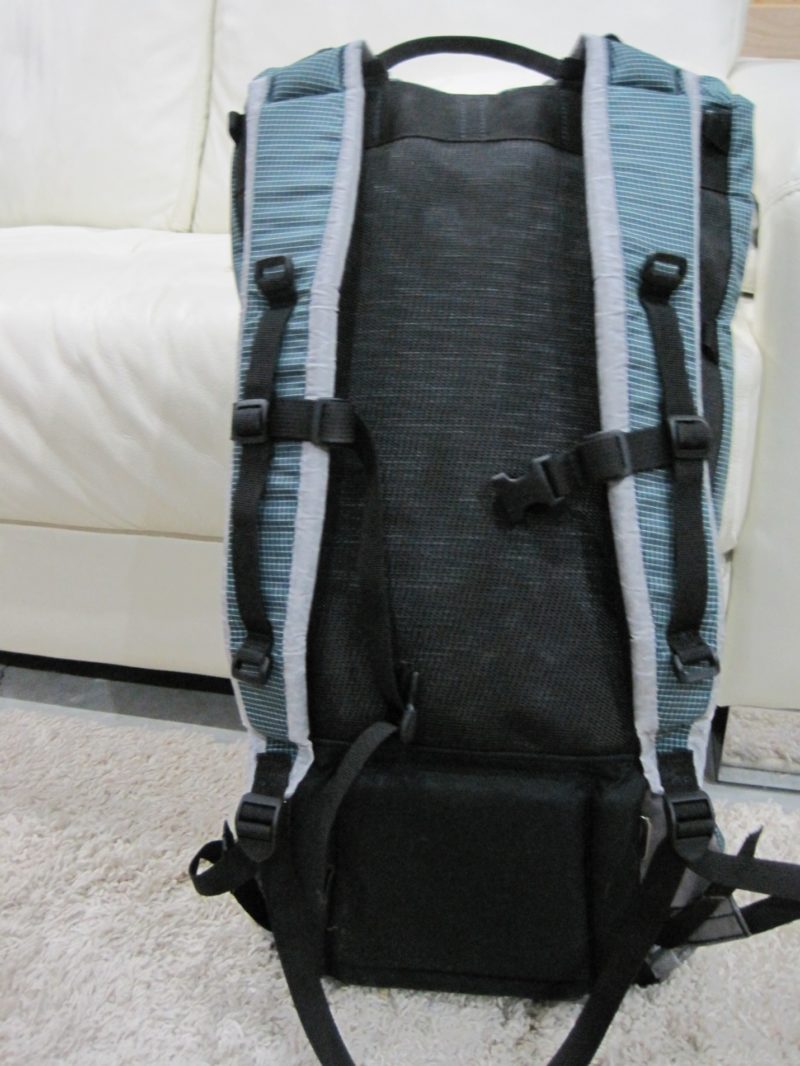
Fitting Problems
None of us have straight backs. Our spines are curved and the amount of curvature varies from person to person. This makes pack fitting difficult, except for quality internal frame packs that do not have suspended mesh panels — they can be adjusted to match the curvature of the back. Let’s take a look at the external frame pack first.
You will notice that most modern external frame packs have an “S” shaped frame to adapt to the spine.
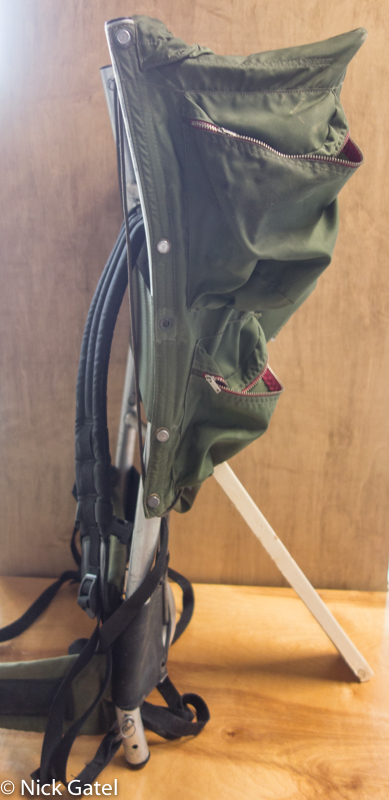
However for many people, these frames do not match the spine, especially for someone like me who has a lot of curvature. The frames are not designed to be re-shaped.

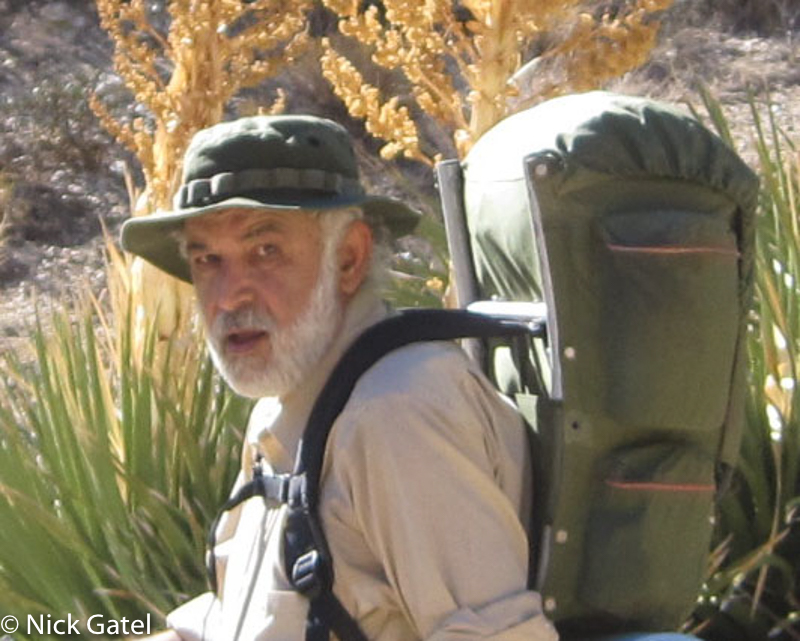
This pack works well for me only because I know how to get the contents well balanced.
With suspended mesh panels, the mesh will usually make contact with most of a person’s back – even mine. However, the pack body (the bag) has a gap between the panel and the mesh, which often causes carrying problems if the pack’s contents are not well balanced.
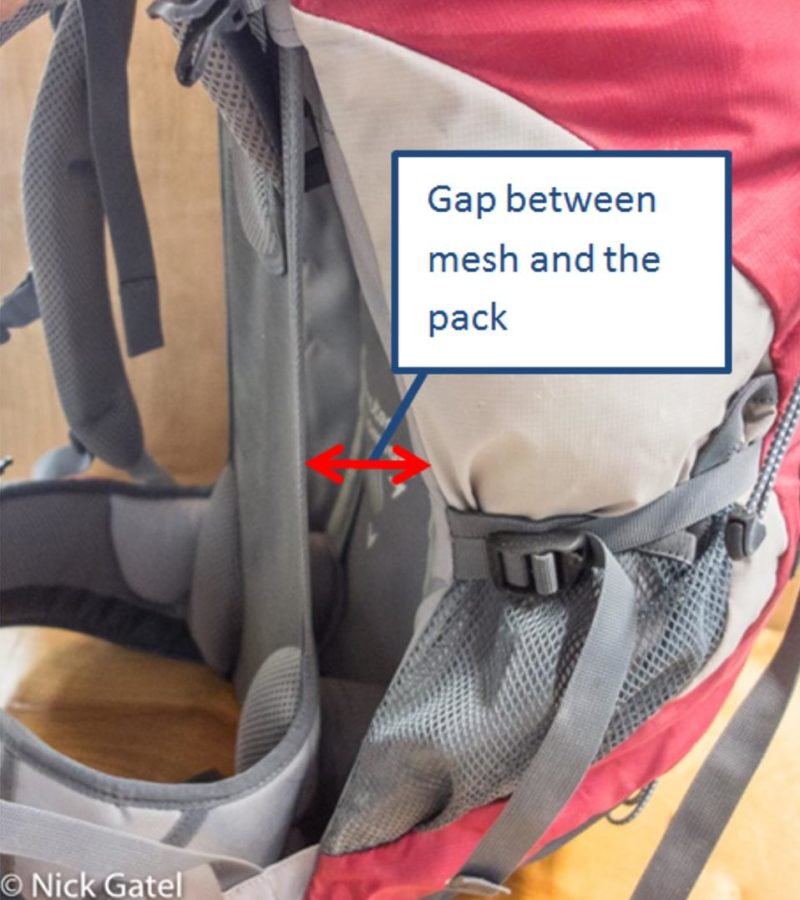
Keep in mind that once the pack is put on and everything adjusted, the gap usually isn’t as wide as in this picture.
Internal Frame Adjustments
With a well-designed internal frame pack, such as my McHale packs, the internal frame stays and be adjusted (i.e. bent into a curve) so all of the pack rests against the back.

The stays above are from my McHale packs (one from each pack). You can see how much curvature was needed to perfectly fit my spine. The pictures below show how well my McHale packs fit the contour of my back. This was on a multi-day desert trip and my pack weighed 34 lbs, including 25 lbs of food and water. The pack fits so well that the pictures make the pack “look” light.
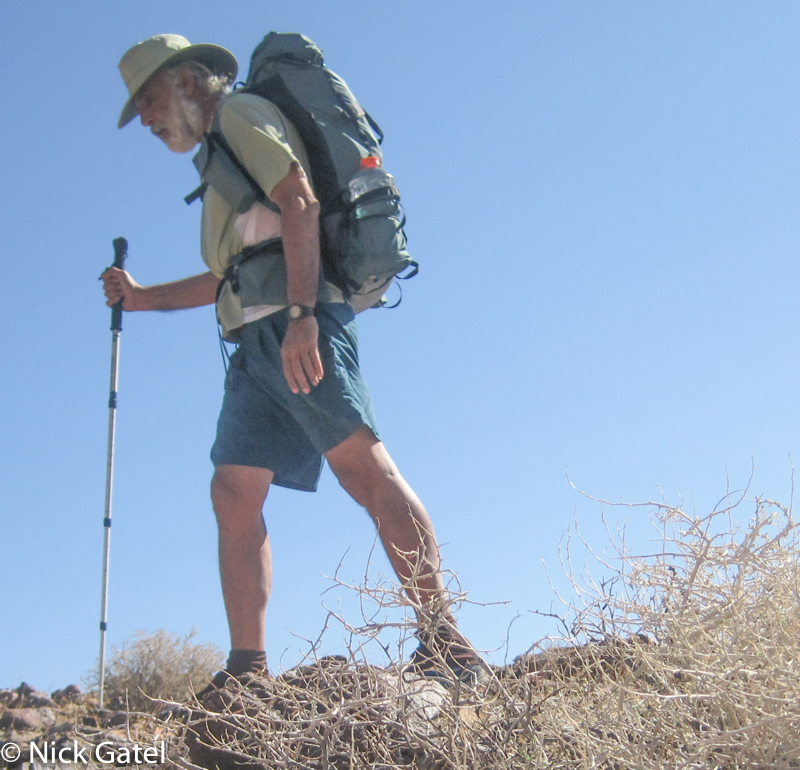
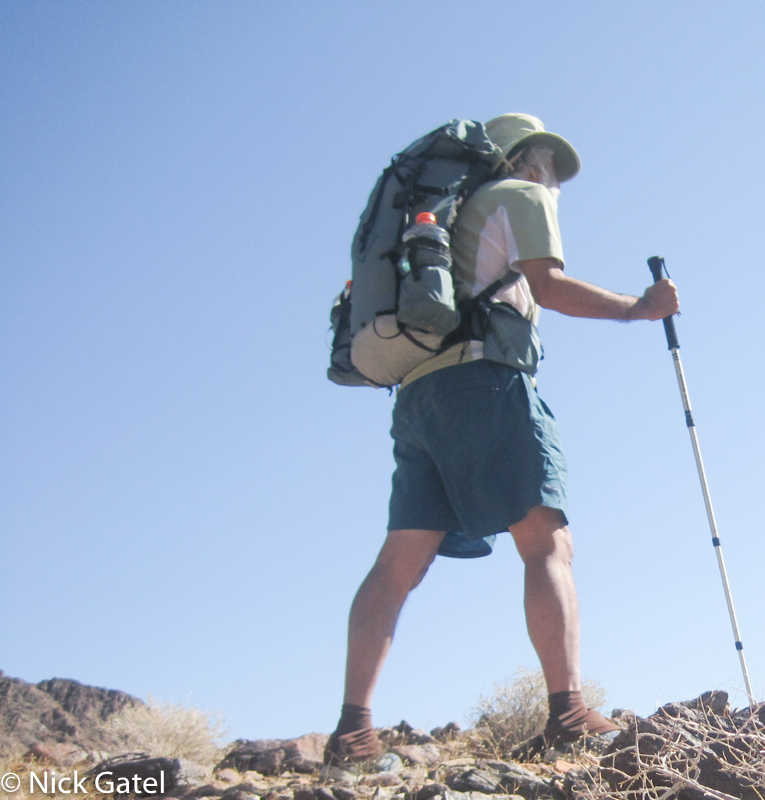
Pack Loading Problems
Most of the suspended mesh packs end up with an upside-down tear-drop shaped pack body, which can make loading difficult and leads to unbalanced loads along with the fact the pack body doesn’t rest against the hiker’s back.
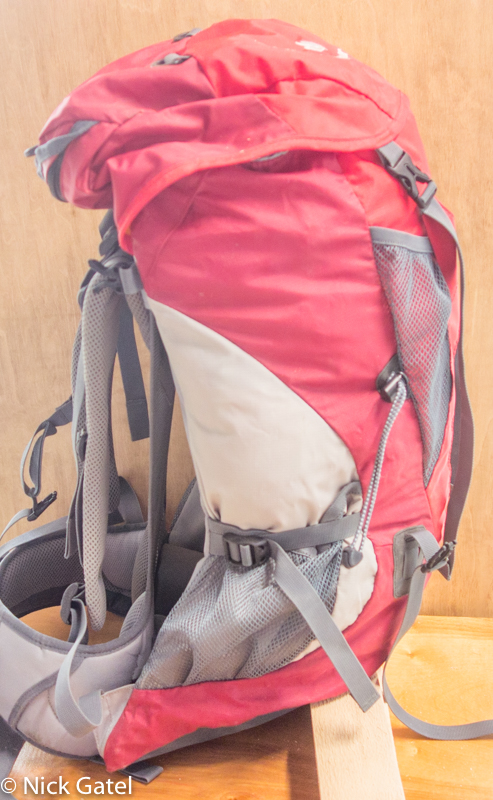
Compare the Deuter above with these packs:

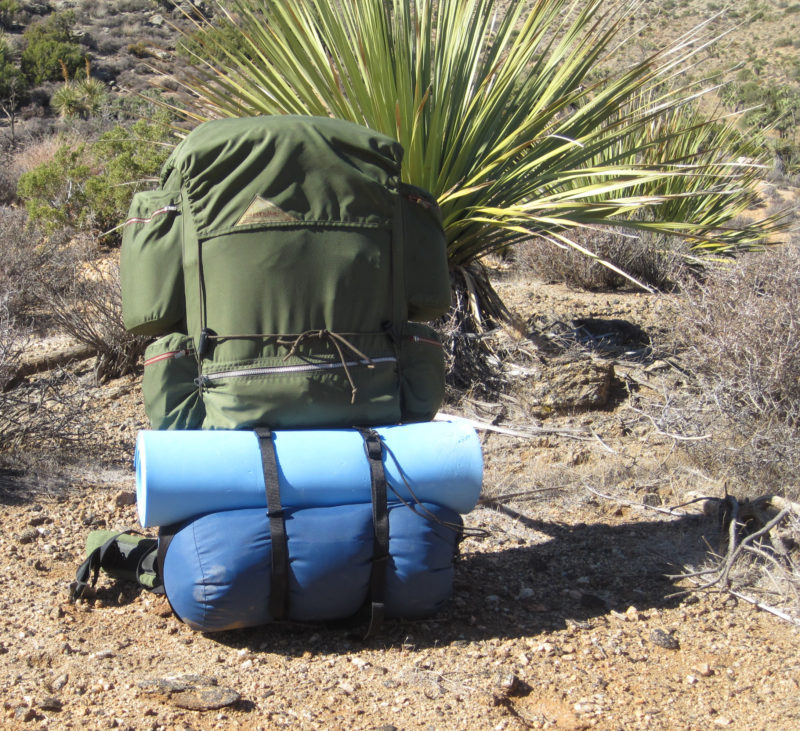
Kelty D4
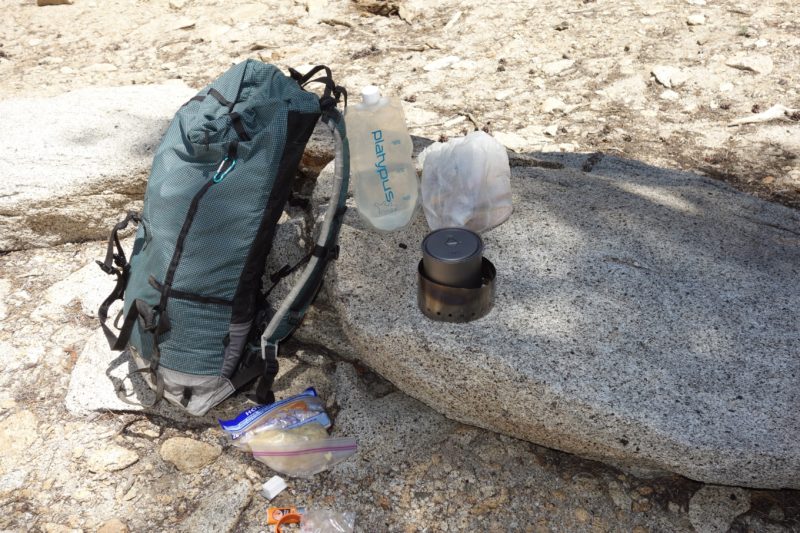

Final Considerations
Suspended mesh backpacks are complicated to assemble; and complicated things with many “extra” parts and components have a tendency to break – Murphy’s Law (“Anything that can go wrong will go wrong.” If you buy one, buy a brand with a good warranty, but keep in mind that if it breaks and cannot be repaired the company may no longer make the same model or a model that is comparable in the features of the original pack.
In my opinion, based on a lot of experience, these suspended mesh packs really don’t make much difference and the claimed ventilation is negligible at best. Not everyone will agree with this.
These packs do offer some challenges in packing gear and balancing the load.
However, they are popular and many people swear by them.
If at all possible, go to a store and try it out. Bring all your typical gear, load it up, and walk around the store for at least 30 minutes. If you buy online, make sure the retailer has a convenient return policy.
If I were in the market for a “suspended mesh” backpack I would probably take a look at the Osprey brand. I’ve never owned one, but see plenty of them on the trail. I hear their customer service is excellent.
Next I would look at the Deuter. I owned one and my wife has one too. Keep in mind that how a pack fits is of paramount importance. Between the Osprey and the Deuter, you may find that one just fits better than the other.
Another option is Gregory, but my experience with them is they are way over-engineered, which causes too much unnecessary weight — however, again, fit is the most important thing and Gregory is a well-known brand.
For the budget minded, the REI branded Flash series of packs are pretty good.
Lastly, I just plain prefer my external packs over all the suspended mesh packs mentioned above. External packs are not “mainstream” anymore and if you are a person who is concerned about what others think about you, your gear selections, how you and your back will look on Facebook, then skip an external. You won’t be “cool” in the personality realm. Your best bet will to check out the offerings from Kelty direct. Their customer service is outstanding, and as far as quality goes; my Kelty D4 is almost 50 years old and has thousands of miles on it!